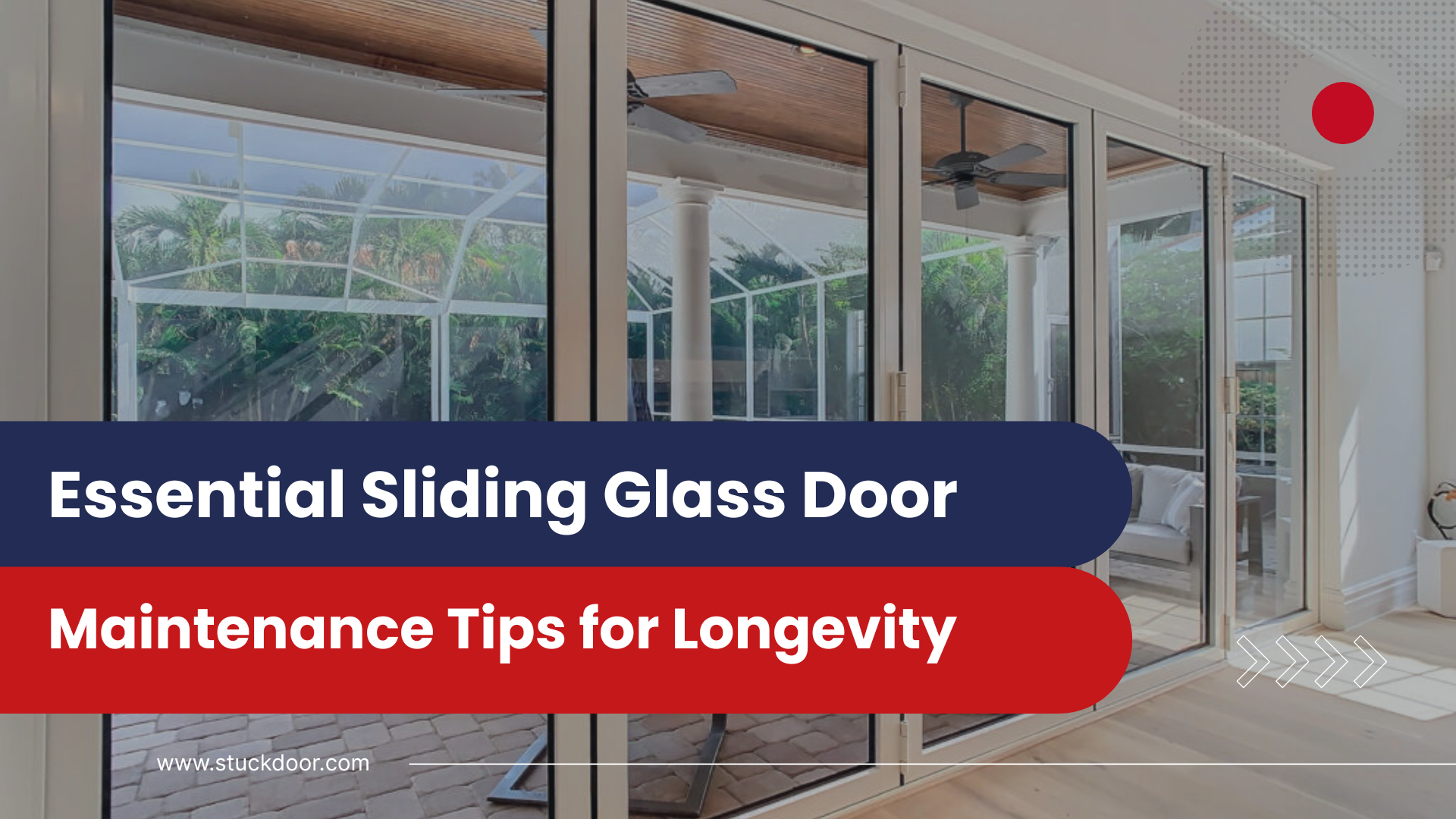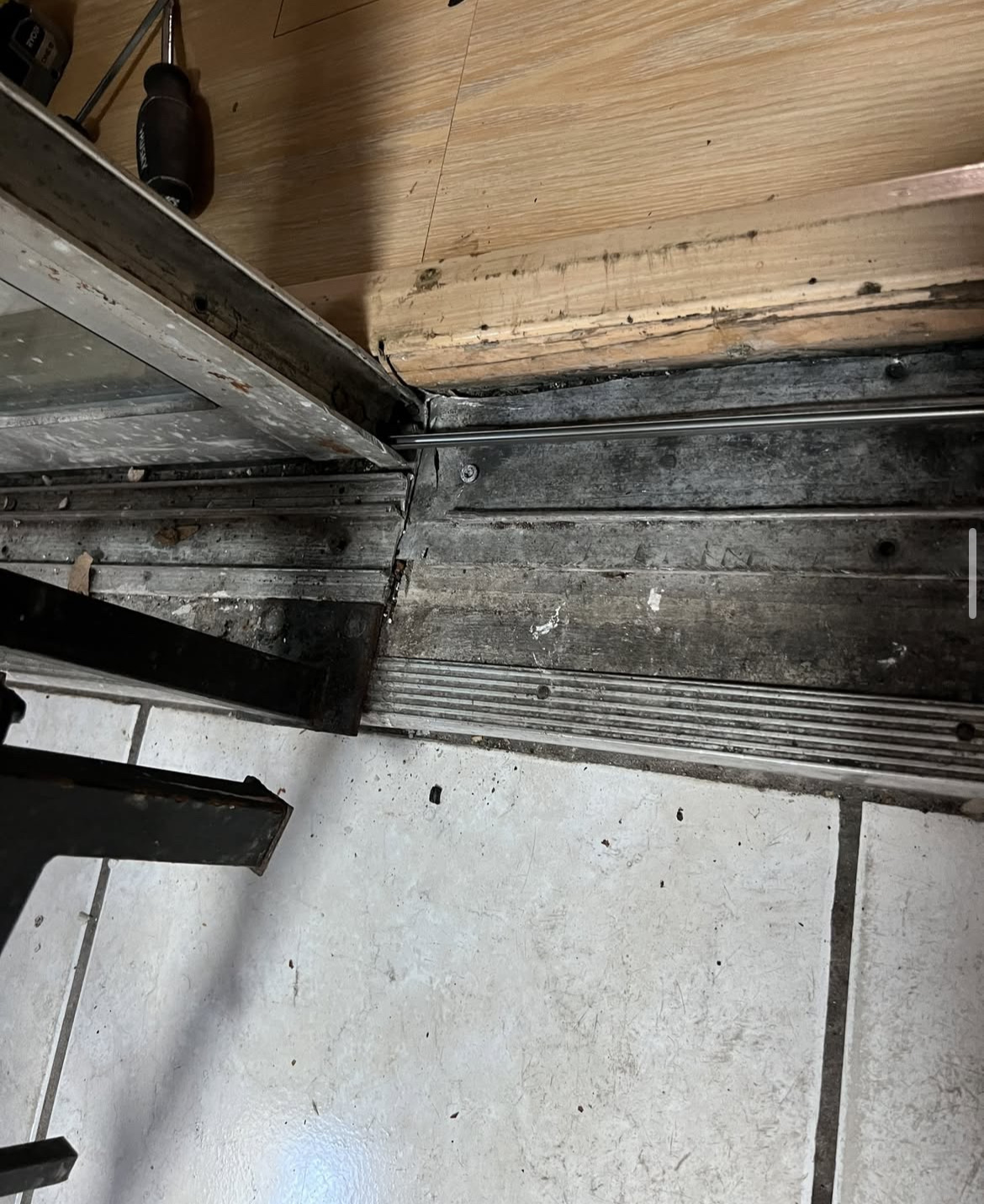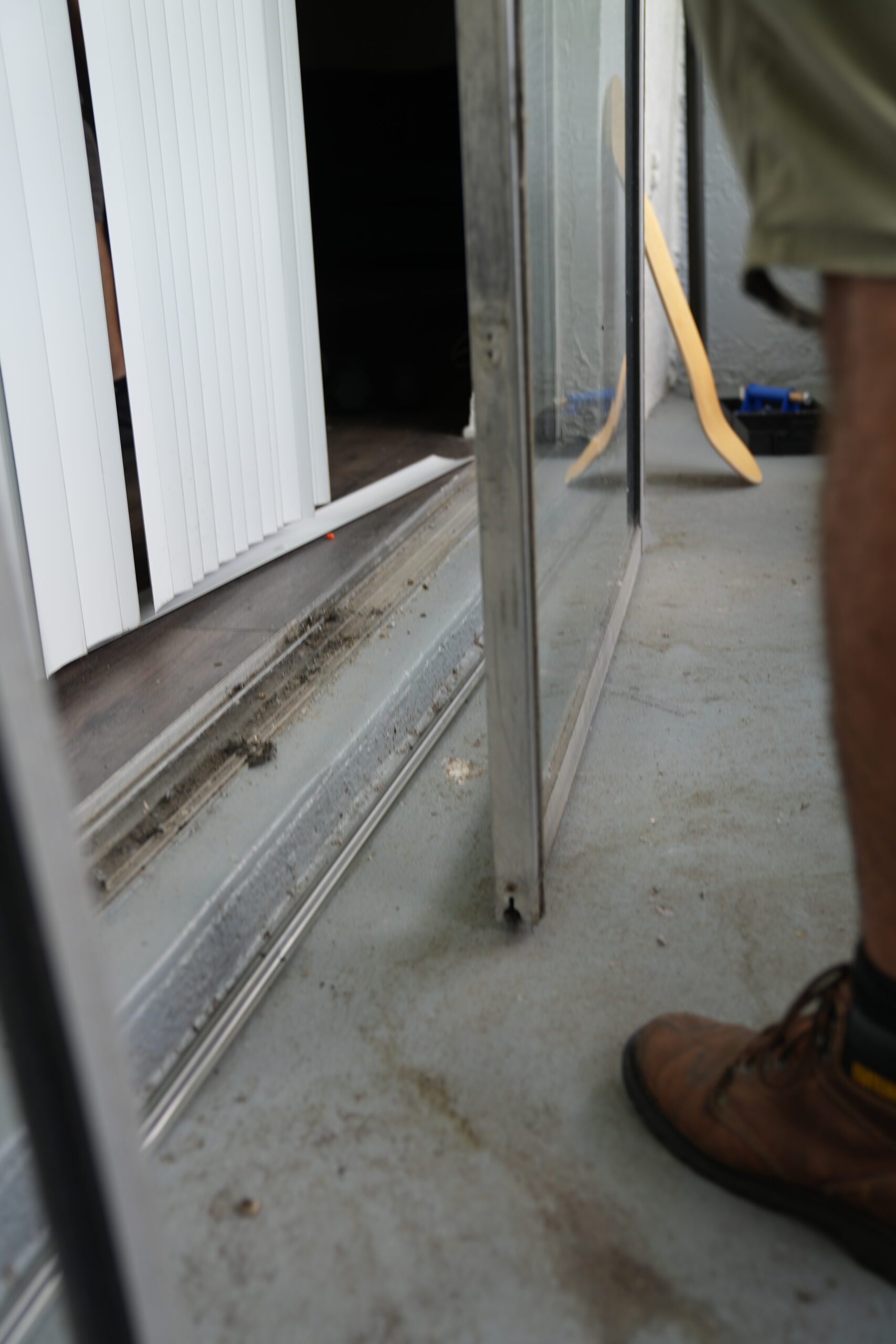
Preventative care extends door lifespan, preserves energy efficiency, and enhances security, while reactive repair addresses immediate failures at a higher cost. You will learn the common problems prompting reactive fixes, average repair costs, hidden risks of neglect, and the comprehensive steps included in a preventative maintenance plan. We’ll also explore the critical components of sliding doors (tracks, rollers, weatherstripping, glass panels, locks, handles, and frames) and explain how certified technicians tailor solutions for residential and high-traffic commercial settings.
By reading this guide, you’ll understand when to clean and lubricate your own doors, when to call in certified technicians, and how proactive maintenance delivers predictable costs, minimal inconvenience, and peace of mind. Let’s begin by examining the true costs and risks of reactive sliding door repairs.
Over time, neglected sliding doors allow drafts that increase energy bills by up to 30 percent, while compromised locks create security vulnerabilities. Frequent repairs and part replacements erode property value, and repeated service calls disrupt daily routines. These indirect expenses often surpass the price of a single preventative maintenance visit.
Preventative maintenance is a scheduled care process that includes cleaning, lubrication, and inspection to detect wear before failure occurs. This proactive approach reduces urgent repairs, extends the door’s service life, and ensures smooth, safe operation. For Central Florida properties, this plan combats humidity-driven corrosion and storm-related damage that accelerate component wear.

Regular maintenance, including cleaning and lubrication, can significantly extend the lifespan of sliding doors. This proactive approach prevents abrasive debris from damaging rollers and tracks, potentially doubling the door’s functional life from an average of 15 years to as much as 30 years.
Replacing worn weatherstripping and resealing frame gaps eliminates drafts that drive up cooling costs in muggy Florida summers. Properly aligned panels create uniform seals, reducing air leakage by 10 to 30 percent. Over time, energy savings offset maintenance expenses and lower overall utility bills.
Replacing worn weatherstripping and sealing frame gaps can dramatically improve a building’s energy efficiency. Properly maintained weatherstripping reduces air leakage, which can lead to significant savings on cooling costs, especially in climates with high humidity and extreme temperatures.

Well-maintained locks, handles, and alignment prevent easy manipulation or forced entry. Certified technicians test locking mechanisms under pressure to confirm proper engagement and lubricate internal parts to reduce jamming. Strong, reliable security hardware gives homeowners and managers peace of mind against intruders.
Clean tracks and polished glass maintain curb appeal, while straight, well-aligned frames enhance first impressions. Regular care prevents corrosion marks and unsightly wear that deter potential buyers or tenants. A well-kept sliding door signals overall property stewardship, supporting higher resale or rental value.
Tracks guide door panels and often accumulate dirt, leaves, and small debris that create friction and jamming. Cleaning involves vacuuming debris, brushing with a soft nylon brush, and wiping with mild soap and water, then drying thoroughly. Proper track upkeep prevents uneven wear on rollers and ensures smooth movement.
Rollers support the door’s weight and allow panels to glide along tracks; worn bearings make the door stick or rattle. Applying a thin coat of silicone-based lubricant every six months prolongs roller life, but visible cracks, metal shavings, or persistent noise signal the need for replacement by certified technicians. Fresh rollers restore quiet, effortless operation.
| Aspect | Preventative Care | Reactive Repair |
|---|---|---|
| Timing | Scheduled quarterly or bi-annual visits | Only after a failure occurs |
| Cost | Predictable, lower long-term expense | Higher sudden fees, emergency premiums |
| Impact | Extends lifespan, optimizes performance | Restores function temporarily, may recur |
| Inconvenience | Minimal planned downtime | Significant unplanned interruptions |
| Professional Role | Routine inspection, minor adjustments | Troubleshooting major failures, part replacement |
The comparison shows that proactive maintenance keeps costs low and operation seamless, whereas reactive repair often leads to urgent expenses and repeated visits.
Certified technicians understand how high humidity, heat, salt air, and hurricane-force winds accelerate sliding door wear and corrosion. They apply region-specific treatments like rust inhibitors and UV-resistant sealants to protect components against Florida’s unique climate challenges.
Certified technicians also use special diagnostic tools (laser alignment devices, tension gauges, and high-precision lubricants) to pinpoint hidden issues and ensure accurate adjustments. Their training covers multiple door brands and materials, guaranteeing safe, long-lasting repairs that DIY methods cannot match.
Accurate diagnosis by certified technicians avoids common DIY pitfalls such as over-lubrication (or using the wrong lubrication) type, improper roller alignment, or damage to weatherstripping seals. This expertise prevents repeat failures and reduces lifetime maintenance costs by addressing root causes rather than temporary symptoms.
Comprehensive services from certified technicians include routine maintenance plans, emergency repairs, full component replacements, and new door installations. Each service is backed by professional guarantees, giving homeowners and commercial managers confidence in uninterrupted door performance.
Preventative care outperforms reactive repair by a lot with keeping sliding doors running smoothly, reducing energy loss, and strengthening security. Regular maintenance by certified technicians in Central Florida prevents emergency fees, extends door lifespan, and preserves property value.
Contact our team today for a free consultation or to schedule a sliding door maintenance appointment. Let certified technicians deliver the reliable, efficient, and safe door performance you deserve.
Stuck Door helps fix and install sliding doors in Winter Garden, Clermont, Windermere, and across Central Florida. Our friendly expert technicians have years of experience making sure homes and businesses have reliable doors that work perfectly.
Windermere • Doctor Phillips • Lake Nona • Winter Garden • Clermont • Minneola • Groveland • Ocoee • Apopka • Winter Park • Maitland • Kissimmee • Horizon West • Altamonte Springs
Sliding glass door experts, built for Florida homes—call us today.